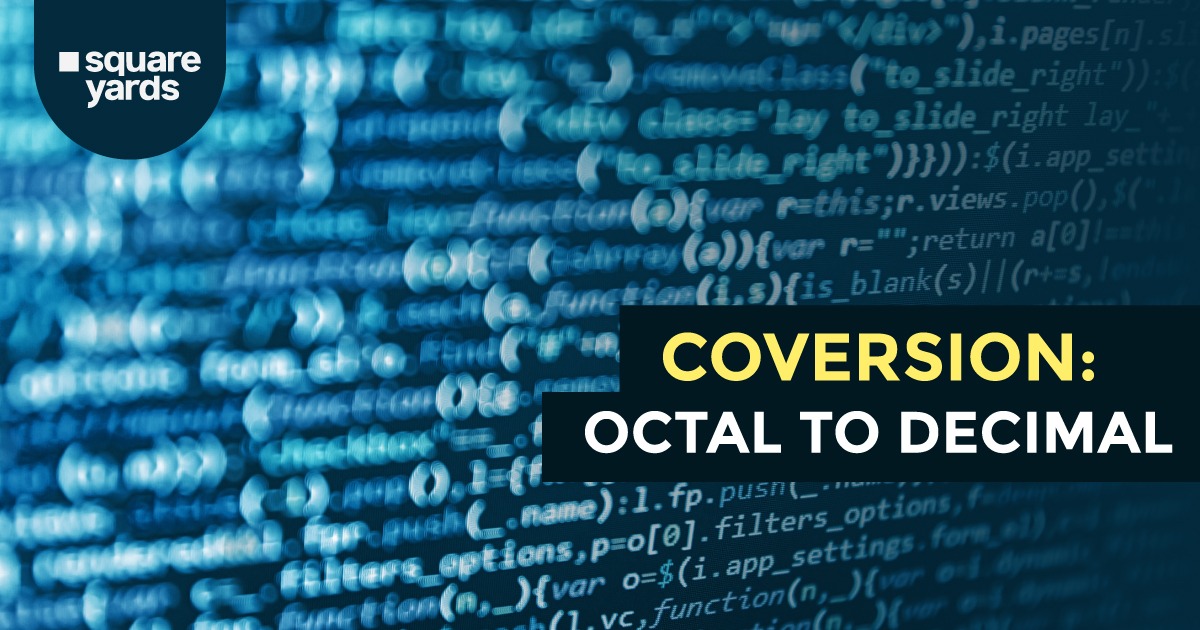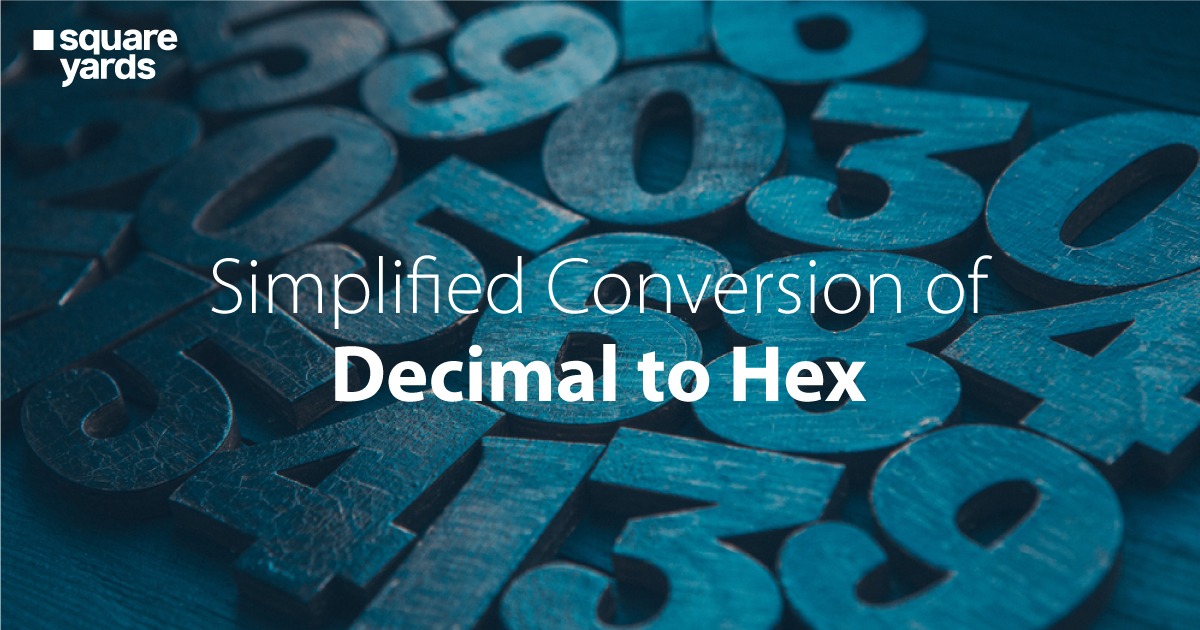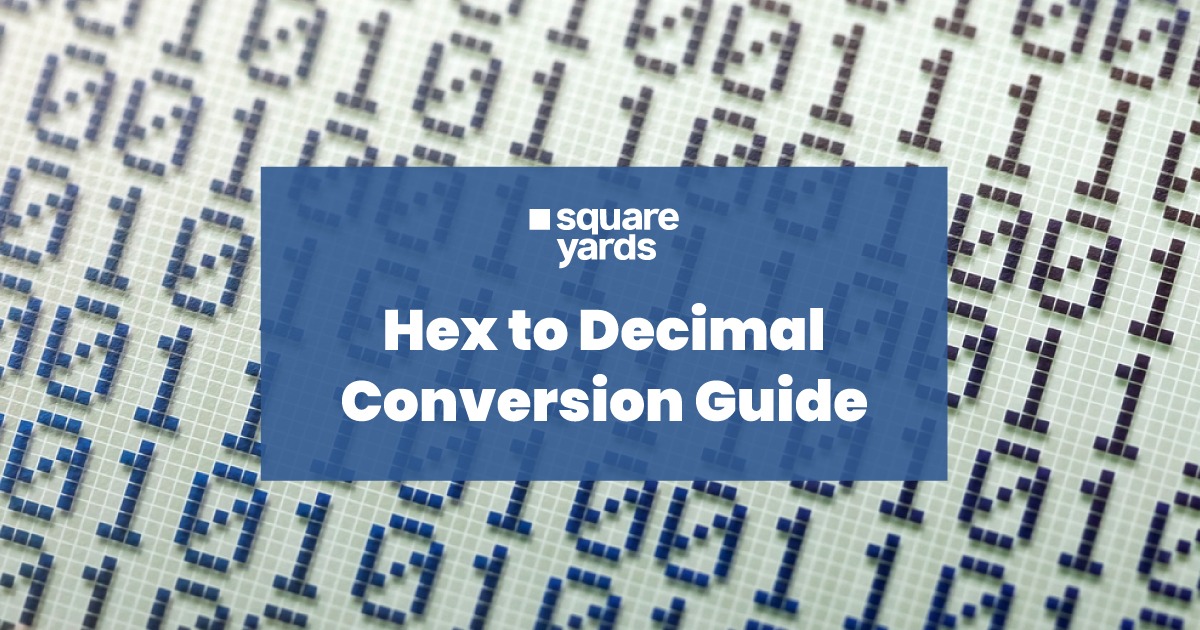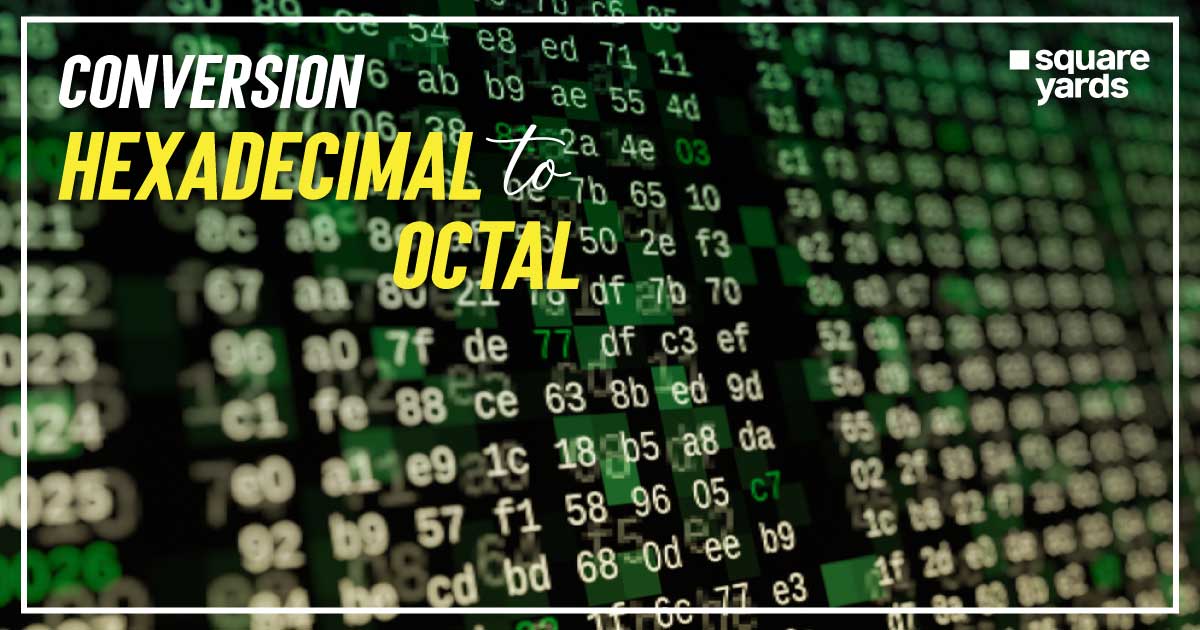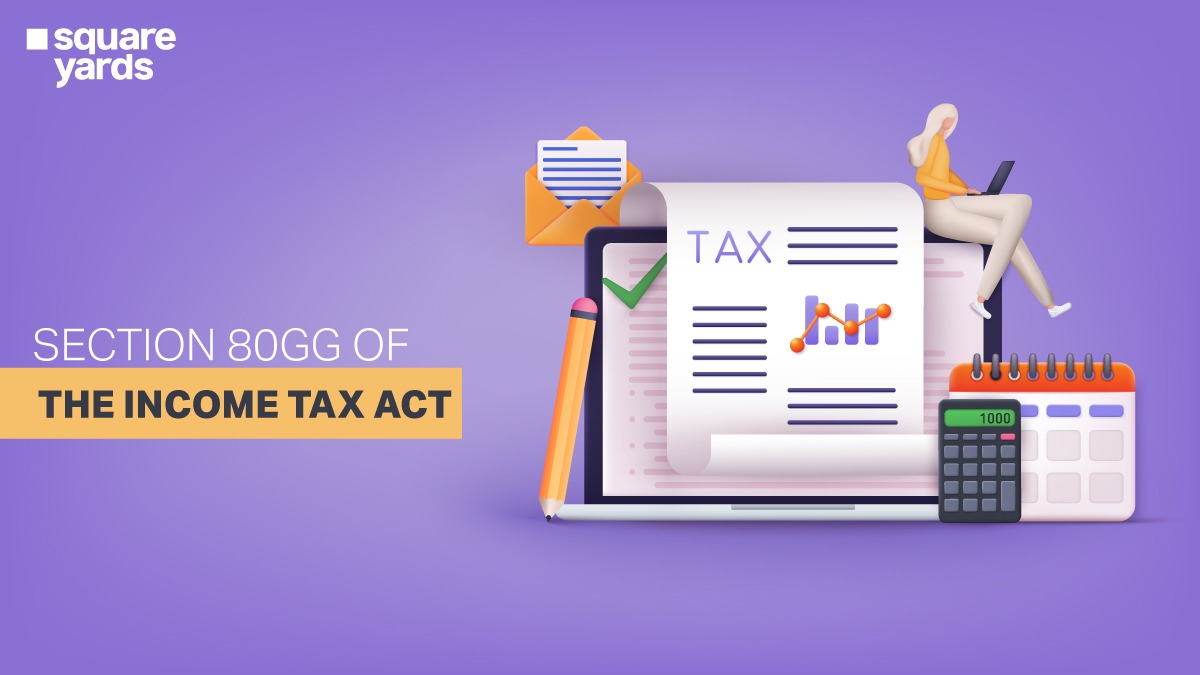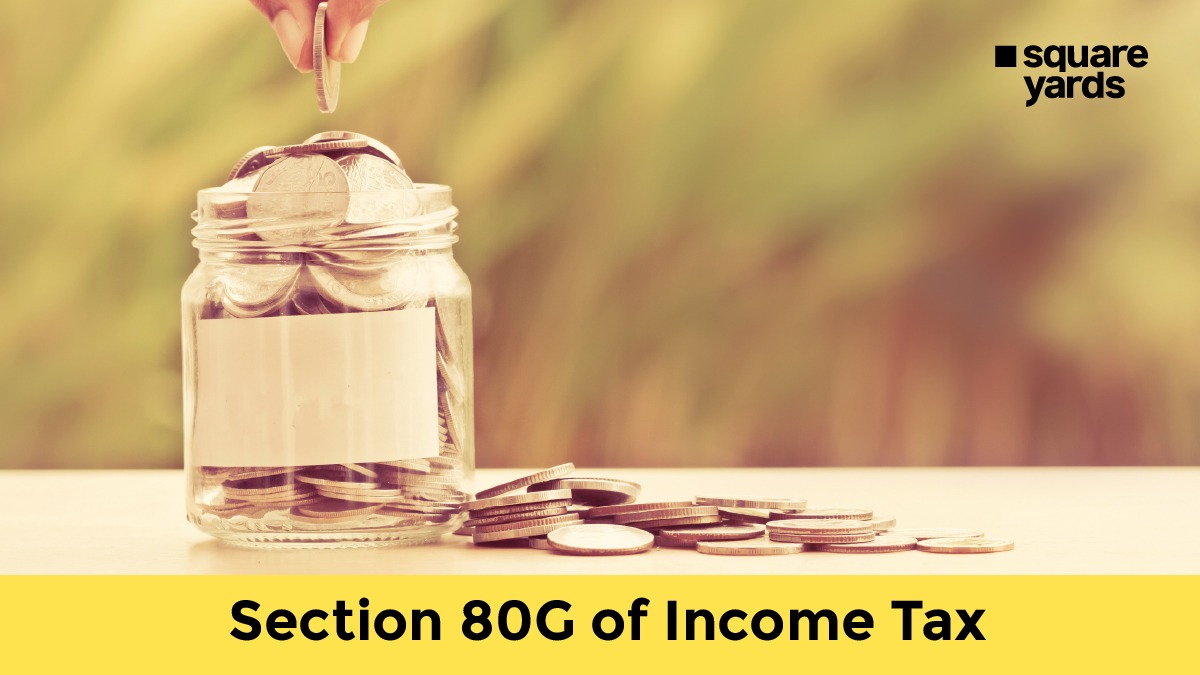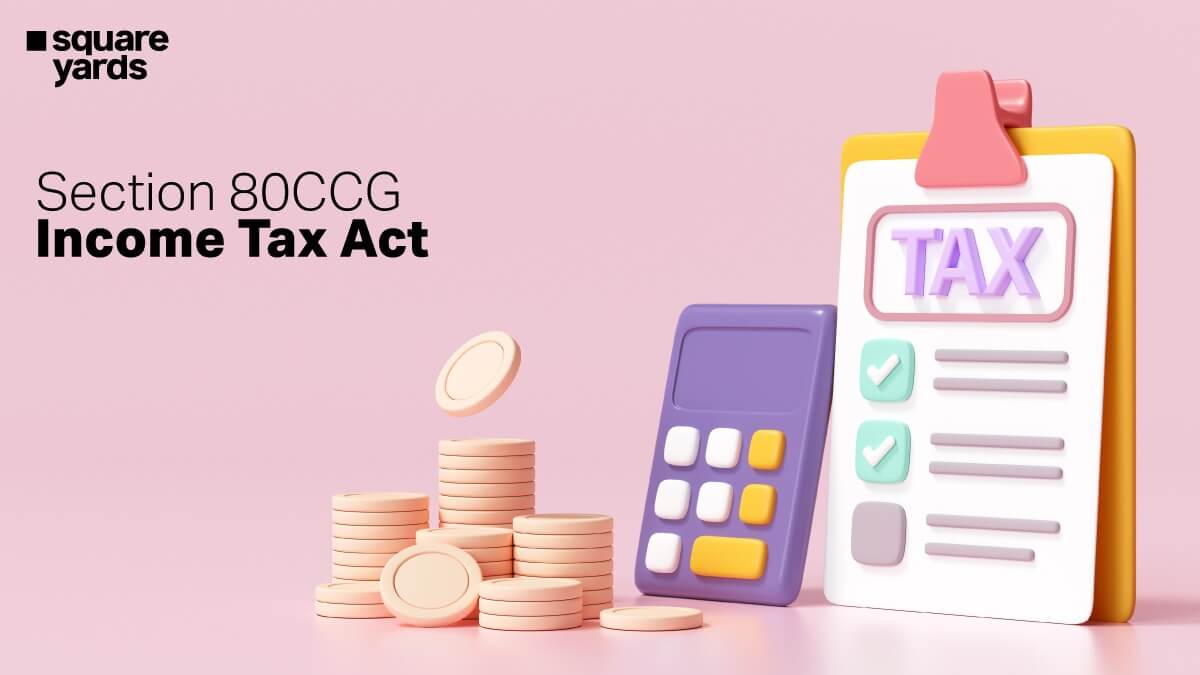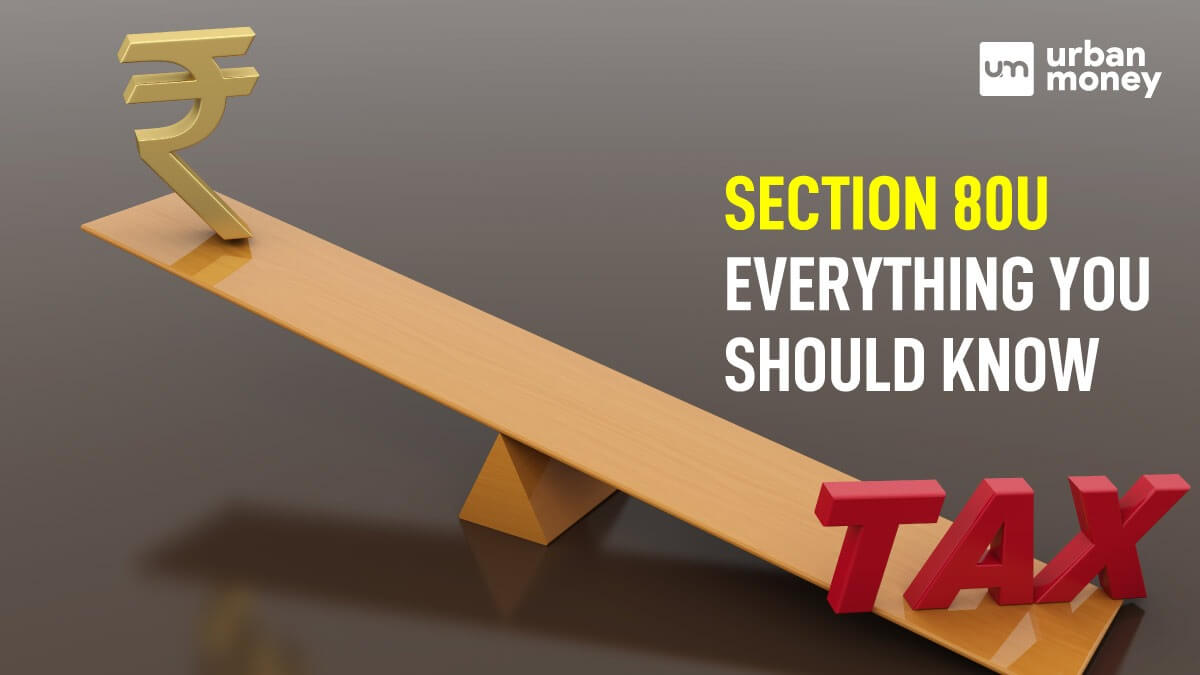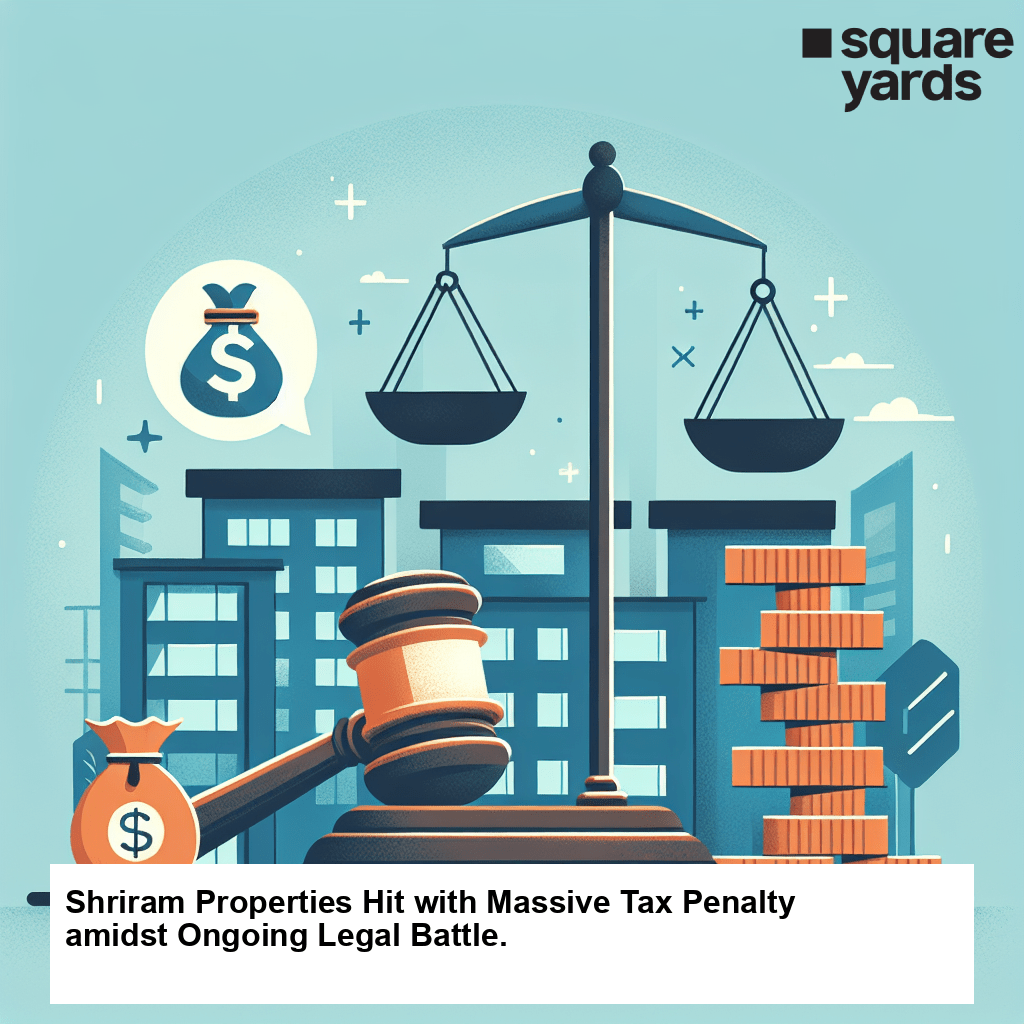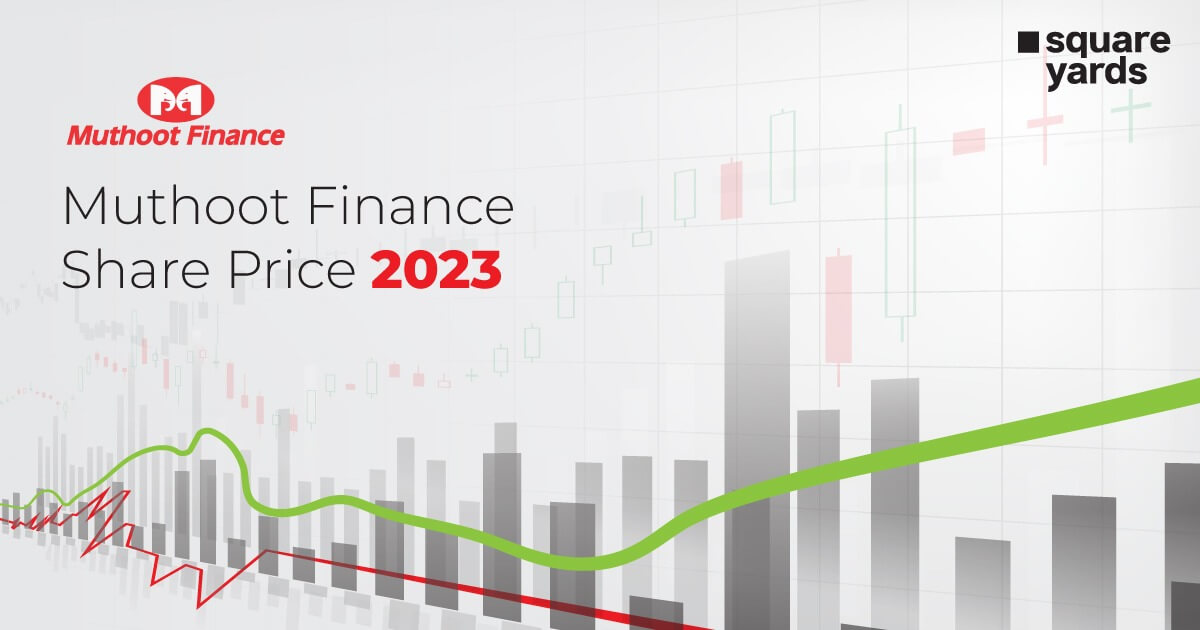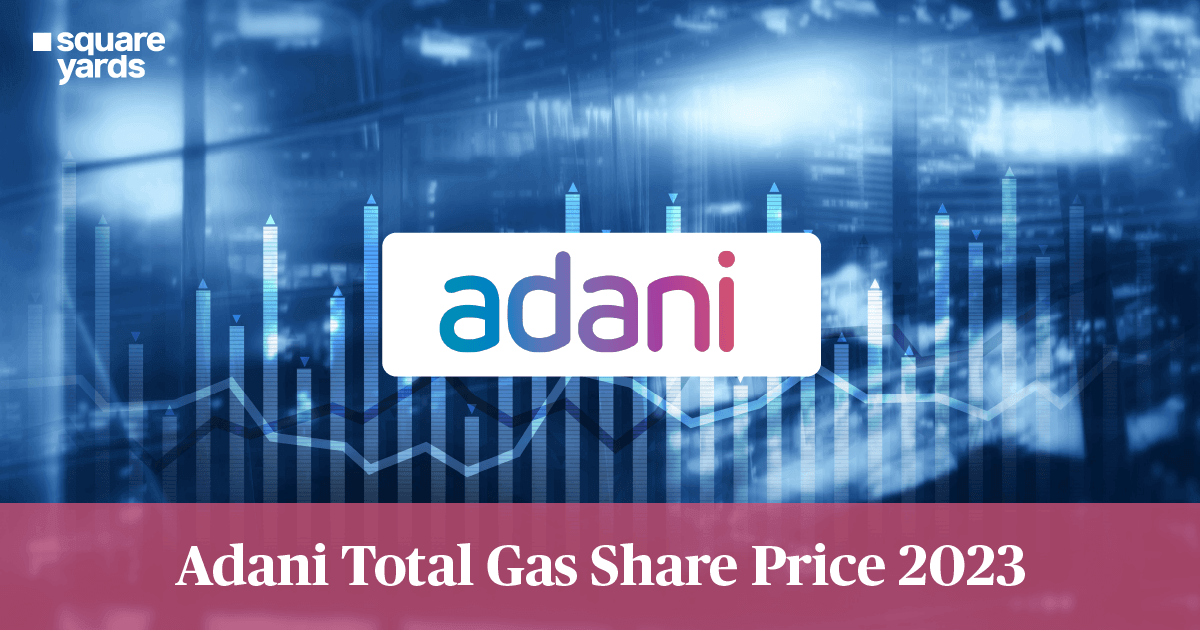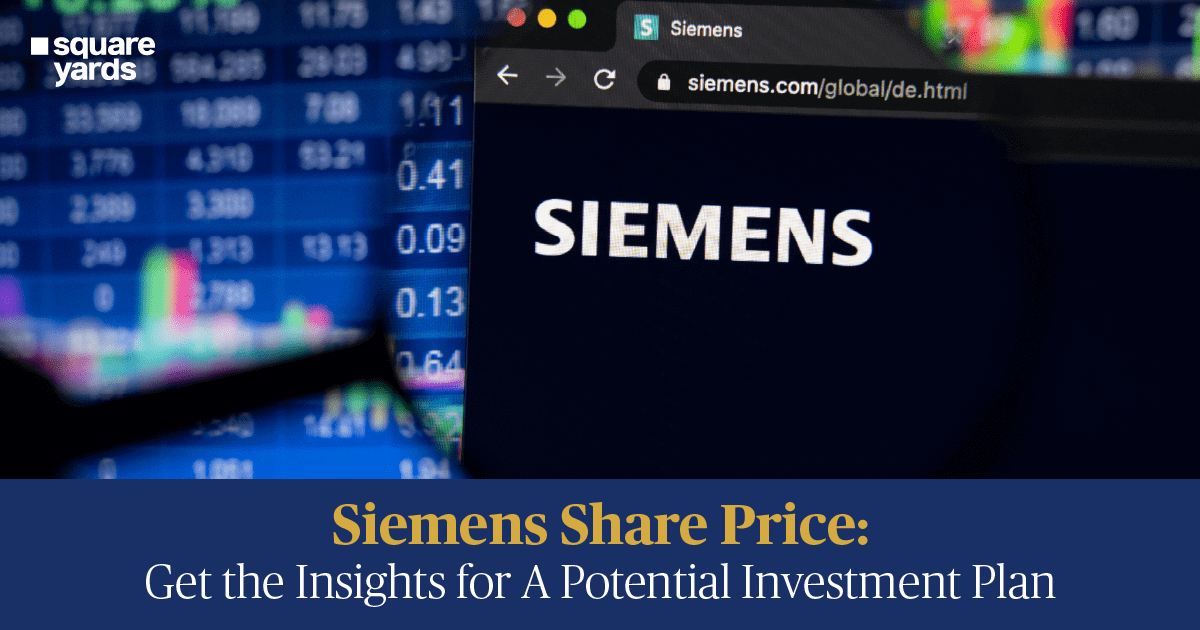NIFTY 50 is one of the most used terms in the stock market, but only a few of us know what it means. It’s one of the extremely popular stock market indices of the NSE (National Stock Exchange) that consists of fifty actively trading stocks in India.
Like NIFTY 50, BSE (Bombay Stock Exchange) has SENSEX, a stock market index, and is popular in India. NIFTY 50 and SENSEX are the two leading stock market indices in India.
Besides these, Dow Jones Industrial Average (DJIA) and S&P 500 are also quite common stock market indices but not in India; it’s in the United States. Since many of you are sceptical about them, we have also covered the DJIA and S&P 500 and their differences in this blog.
Let us begin with the NIFTY 50 meaning.
An Overview of NIFTY 50
The NIFTY 50 is an Indian stock market index that demonstrates the weighted average of the fifty most prominent companies in India listed on the National Stock Exchange. Among the two leading stock indices in the country, NIFTY is considered one of the prominent ones. At the same time, the SENSEX is another main index of the Bombay Stock Exchange.
As the name suggests, it consists of 50 actively trading stocks on the NSE. NSE Indices own and manage the NIFTY 50. It is a wholly-owned subsidiary of the NSE Strategic Investment Corporation Limited. Until 2013, it had a marketing and licensing agreement with S&P (Standard & Poor’s) for co-branding equity indices.
The NIFTY 50 was introduced on 22 April 1996 and became one of the many stock indices of NIFTY. This stock market index has restructured itself to become the most significant single financial product. It has an ecosystem that comprises ETFs {Exchange Traded Funds (onshore and offshore)}, Futures and Options abroad at the SGX, and Exchange Traded Options at NSE (National Stock Exchange).
Surprisingly, NIFTY 50 is known as the most actively traded contract globally. Surveys from IOM, WFE, and FIA endorse the leadership position to the NSE.
NIFTY 50 Companies
Here’s the list of all the fifty companies included in NIFTY 50.
| Company | Industry | Market Capitalisation (Rs m) |
| ADANI PORTS & SEZ | Miscellaneous | 1,594,112 |
| ASIAN PAINTS | Paints | 3,244,966 |
| AXIS BANK | Banking | 2,222,624 |
| BAJAJ AUTO | Auto | 995,119 |
| BAJAJ FINANCE | Finance | 4,735,131 |
| BAJAJ FINSERV | Finance | 2,915,867 |
| BHARTI AIRTEL | Telecom | 3,925,819 |
| BPCL | Energy | 880,283 |
| BRITANNIA | Food Beverages | 878,928 |
| CIPLA | Pharma | 729,318 |
| COAL INDIA | Mining | 1,005,449 |
| DIVIS LABORATORIES | Pharma | 1,217,134 |
| DR. REDDYS LAB | Pharma | 779,564 |
| EICHER MOTOR | Auto | 751,743 |
| GRASIM | Textiles | 1,244,843 |
| HCL TECHNOLOGIES | Software | 3,369,015 |
| HDFC | Fin. Institutions | 4,832,356 |
| HDFC BANK | Banking | 8,492,532 |
| HDFC LIFE INSURANCE | Insurance | 1,359,565 |
| HERO MOTOCORP | Auto | 543,957 |
| HINDALCO | Aluminium | 1,136,434 |
| HUL | Fmcg | 5,578,199 |
| ICICI BANK | Banking | 5,687,263 |
| INDUSIND BANK | Banking | 692,978 |
| INFOSYS | Software | 8,183,733 |
| IOC | Oil & Gas | 1,170,651 |
| ITC | FMCG | 2,747,732 |
| JSW STEEL | Steel | 1,674,167 |
| KOTAK MAHINDRA BANK | Banking | 3,881,936 |
| L&T | Engineering | 2,869,458 |
| M&M | Auto | 1,118,873 |
| MARUTI SUZUKI | Auto | 2,428,769 |
| NESTLE | Food Beverages | 1,856,432 |
| NTPC | Power | 1,317,777 |
| ONGC | Energy | 2,072,601 |
| POWER GRID | Power | 1,079,277 |
| RELIANCE IND. | Energy | 17,204,729 |
| SBI | Banking | 4,581,449 |
| SBI LIFE INSURANCE | Insurance | 1,272,701 |
| SHREE CEMENT | Cement | 988,614 |
| SUN PHARMA | Pharma | 2,056,950 |
| TATA CONSUMER | Food Beverages | 692,085 |
| TATA MOTORS | Auto | 1,622,175 |
| TATA STEEL | Steel | 1,464,941 |
| TCS | Software | 15,056,256 |
| TECH MAHINDRA | Software | 1,630,350 |
| TITAN | Consumer Durables | 2,336,254 |
| ULTRATECH CEMENT | Cement | 2,217,237 |
| UPL | Chemicals | 620,902 |
| WIPRO | Software | 3,674,962 |
How to Calculate NIFTY?
NIFTY 50 indices calculation requires the market capitalisation and float-adjusted method. The level index in the calculation represents the stocks’ aggregate market value present in it for a certain period. This specific time for the NIFTY index is 3rd November 1995.
The base value of stocks in NIFTY is 1000, while the base capital of the index is ₹ 2.06 trillion.
The formula for calculating the index value of NIFTY 50 is as follows:
Market capitalization = Price x Equity Capital
Index value = Current market value / (1000 x Base market capital)
Free Float Market Capitalization = Price x Equity Capital x Investable Weight Factor
Investable Weight Factor (IWF) is a parameter that determines the number of shares available to trade. The index calculation is done on a real-time basis as the stock value also varies every day.
The formula presented above estimates the value and the changes in the company processes. For example, changes in a company may include rights issues, stock splits, etc.
The NIFTY share market acts as a benchmark for measurement against all equity share markets in the country. It regularly conducts index maintenance checks, ensuring that it’s stable and operating efficiently.
Difference Between NIFTY 50 and SENSEX
Even though both NIFTY 50 and SENSEX are India’s most major stock market indices and represent the stock market’s strength, they differ from each other on various grounds. They are as follows:
| Differentiating Grounds | NIFTY 50 | SENSEX |
| Full-Form | The NIFTY derivation is from the word National Fifty. It is also known as S&P CNX NIFTY. | Sensex derivation is from the phrase Sensitive Index. It is also known as the S&P BSE Index. |
| Definition | The NIFTY 50 is an Indian stock market index that demonstrates the weighted average of the fifty largest companies in India listed on the National Stock Exchange. | SENSEX is a free-float market-weighted stock market index of 30 financially stable and well-established companies listed on the Bombay Stock Exchange. |
| Date of Launch | It was incorporated in 1992. However, the operation was first commenced in November 1994. | It was incorporated in 1986. |
| Location | NIFTY is based on the National Stock Exchange. Its corporate office is located at Exchange Plaza, Bandra Kurla Complex, Mumbai. | Sensex is based on the Bombay Stock Exchange. The corporate office is located at Dalal Street, Mumbai. |
| Operation | India Index Services and Products Limited (IISL), a subsidiary of NSE India, owns and operates NIFTY. | Sensex is owned and regulated by the Bombay Stock Exchange (BSE). |
| Base Value | The base value of NIFTY is 1000. | The base value of SENSEX is 100. |
| Base Capital | It has a base capital of ₹ 2.06 trillion. | Sensex doesn’t have any base capital. |
| Number of Constituents | Top 50 stocks traded on NSE | Top 30 Stocks traded on BSE. |
| Number of Sectors | It covers companies across 24 sectors | It covers companies across 13 sectors |
The S&P 500: A Stock Market Index You Must Know About
The S&P 500, which stands for Standard and Poor’s 500, is a stock market index that monitors the performance of 500 big companies listed on the United States stock exchange. It started in 1957, and today, it has become one of the most popularly followed equity indices.
Investors invested more than $5.4 trillion in assets tied to the index’s performance as of December 2020. The stocks in S&P 500 belong to different sectors of the economy, and a committee picks them up.
The companies’ criteria for selecting must have a market cap of at least $11.8 billion, float of a minimum of 10%, abundant liquidity as estimated by volume and price and have positive earnings for the most recent four quarters.
Instead of companies stock prices, the S&P 500 are weighted based on their market value. This way, the stock market index tends to ascertain that a 10% change in a $30 stock will impact the index similarly as a 10% change in a $60 stock will.
How Does the Dow Jones Work?
The DJIA or Dow Jones Industrial Average is one of the best known and America’sAmerica’s original stock indices. Dow Jones was launched in 1896 to monitor the nation’s 12 biggest companies; however, today, the index comprises 30 blue-chip stocks.
Stocks in Dow Jones are primarily from major sectors except utilities and transportation having their own Dow Jones indexes.
Every element of the DJIA is a household name like Coca-Cola (KO), Johnson & Johnson (JNJ), Microsoft (MSFT), and Disney (DIS).
Unlike the S&P 500, the Dow Jones Industrial Average gives more importance to price than the stock value. Instead of implementing a simple arithmetic average and dividing by the number of stocks in the average, the stock index uses a Dow Divisor. This method smooths out the upshots of stock splits and dividends.
Hence, the DJIA will only impact when the stock price changes. Therefore, companies with a higher share price or a more extreme price movement significantly influence the Dow.
Dow Jones Industrial Average vs S&P 500: What’s the Difference?
You might have got a mere idea about the difference between these two stock market indices from the above sections. To clarify the same, have a look at the table below:
| Differentiating Terms | DJIA | S&P 500 |
| Abbreviation | Dow Jones Industrial Average | Standard and Poor’s 500 |
| Definition | The DJIA or Dow Jones Industrial Average is one of the best known and America’s original stock indices. | It is a stock market index that monitors the performance of 500 big companies listed on the United States stock exchange. |
| Establishment | In 1896 | In 1957 |
| Number of Listed Companies | 30 leading companies of their industry | 500 large companies |
| Weightage to stock type | Stock price | The market value of the stock |
How Warren Buffett Made Berkshire Hathaway a Champion?
The conglomerate Berkshire Hathaway is one of the most fancied stocks and most prominent companies globally. Before you crawl through the success of Berkshire Hathaway, let us tell you an interesting fact.
Berkshire Hathaway used to operate as two different Massachusetts cotton mills- Berkshire Fine Spinning Associates and Hathaway Manufacturing. In 1955, these two companies merged and formed Berkshire Hathaway.
Warren Buffett, the billionaire investor and one of the world’s finest, and his investment firm bought Berkshire and took complete control of the struggling company. It was just a matter of time; Buffett made Berkshire Hathaway one of the biggest holding companies in the world.
Now, it’s time we address your query- how Buffett made Berkshire Hathaway a world champion.
Buffett started by combining both the companies and making Berkshire Hathaway a conglomerate. He then bought National Indemnity that would become insurance acquisitions for Hathaway. Furthermore, he separated the company from the textile industry by completely liquidating its assets.
The company then stretched its wings and welcomed other companies to have holdings in it. Those companies included various insurance companies and those in the clothing, utilities, financial, media, household products, food and beverage, entertainment, materials and construction industries.
Warren Buffett is a man of strategy. He bought up various unsettled and crawling businesses and turned them around. The company now has multiple popular brand names such as GEICO, Fruit of the Loom, and Duracell under its belt.
Today, this Omaha, Nebraska-based company has a total market capitalisation exceeding $ 723 billion, with its Class A stock trading well above $ 485,379 per share.
In a nutshell, Warren Buffett gave importance to the company’s value. He purchased them only after he found those companies fit his specific criteria. Also, instead of buying just a few shares, he would buy the entire company and run it under his leadership.
FAQ’s about NIFTY 50
Q1. What is meant by NIFTY?
NIFTY is an amalgamation of two terms- National and Fifty. NIFTY is a stock market index in the National Stock Exchange that contains fifty actively traded companies globally.
Q2. Can I buy NIFTY?
No, you can’t buy NIFTY because it’s not a single stock but a stock market index that consists of the 50 biggest stocks or companies in India. However, you can invest in NIFTY 50 or NIFTY ETFs (Exchange Traded Funds) or Index Funds.
Q3. Is it safe to buy NIFTY 50?
As described above, you cannot buy NIFTY. However, you can surely buy stocks of NIFTY 50, and they are safe. The companies in NIFTY fifty are the market leaders across 21 sectors. They are known as the blue-chip stocks and are considered the barometers of the economy. Hence, they have a low-risk quotient.
Q4. Why is it called NIFTY?
NIFTY is called so because it’s a combination of two words- National and Fifty as NIFTY. It consists of fifty actively traded stocks.


























